Ammonium lactate is a widely used skincare ingredient that combines lactic acid and ammonium hydroxide. Known for its moisturizing and exfoliating properties, it’s especially beneficial for treating dry, rough, and scaly skin conditions.
What Is Ammonium Lactate Used For?
1. Hydrating the Skin
Ammonium lactate works as a humectant, drawing moisture into the skin and helping it retain hydration.
2. Gentle Exfoliation
Its keratolytic action helps shed dead skin cells by breaking down keratin, revealing smoother and healthier-looking skin.
3. Treating Skin Conditions
Often prescribed or recommended for conditions such as:
- Ichthyosis vulgaris (dry, thickened, scaly skin)
- Xerosis (severely dry skin)
How It Works
- Moisturizing: Pulls water into the outer skin layer, keeping it soft and supple.
- Exfoliating: Loosens and removes dead skin cells, making skin smoother over time.
Where You’ll Find It
Ammonium lactate is available in creams and lotions, usually at concentrations between 5% and 12%. You’ll find it in:
- Over-the-counter moisturizers
- Prescription-strength treatments (especially for more severe skin conditions)
Common brand names include Lac-Hydrin, AmLactin, and various generics.
Possible Side Effects
While effective, some people may experience:
- Mild skin irritation (itching, redness, or burning)
- Increased sun sensitivity – use sunscreen during the day to avoid sunburn
If irritation is severe or persistent, discontinue use and consult a healthcare provider.
How to Use It Safely
- Patch test first: Especially if you have sensitive skin or allergies
- Avoid broken skin: Don’t apply to open wounds, cuts, or irritated areas unless directed
- Follow instructions: Use exactly as directed on the label or by your doctor
- Apply sunscreen: Because ammonium lactate increases sun sensitivity, apply SPF during the day
Storage Tips
- Store in a cool, dry place
- Keep the container tightly closed
- Keep out of reach of children
Conclusion
Ammonium lactate is a powerful yet gentle skincare ingredient that hydrates and exfoliates, making it ideal for people with dry or scaly skin conditions. With regular use and proper precautions, it can significantly improve skin texture and appearance.
If you’re unsure whether it’s right for your skin type or if you’re using it for a specific condition, always check with a dermatologist.









